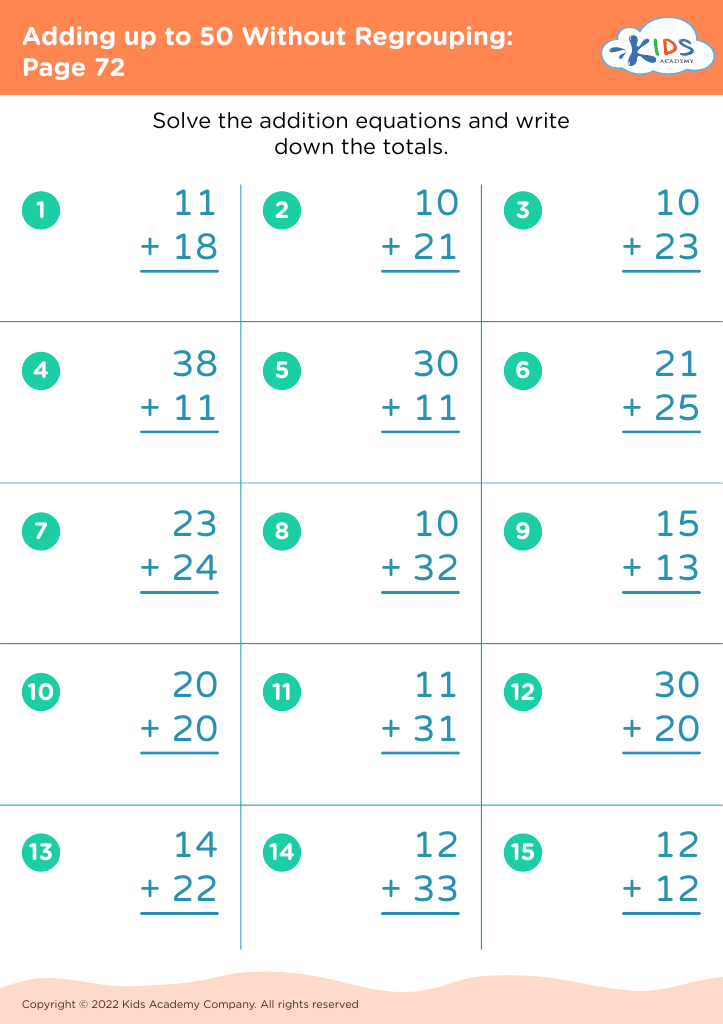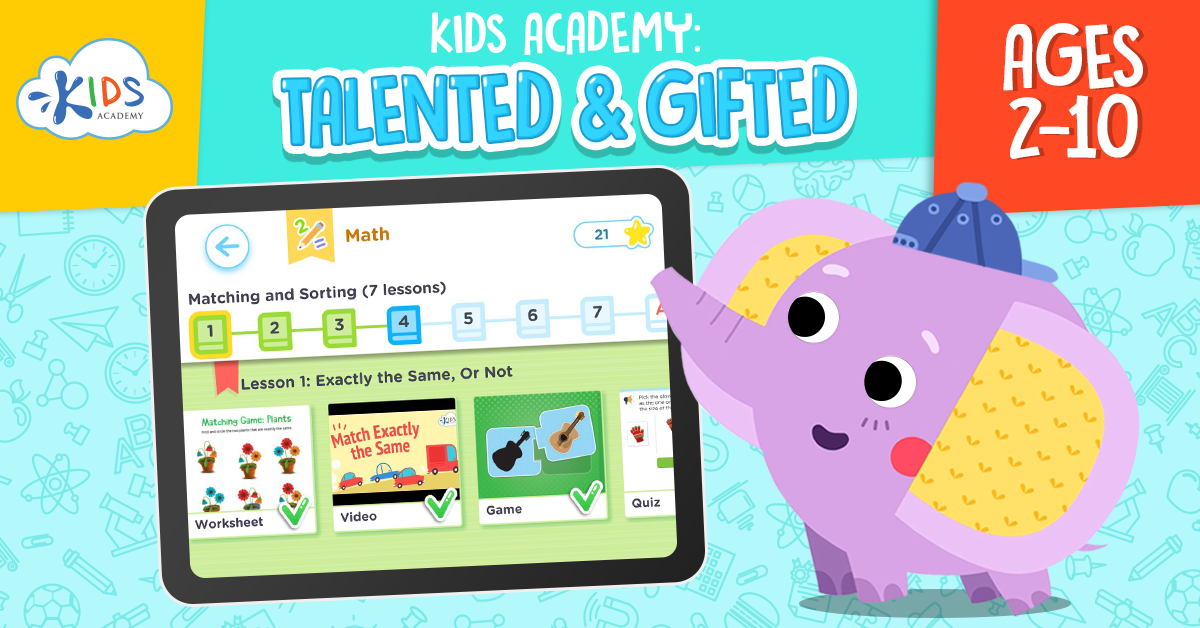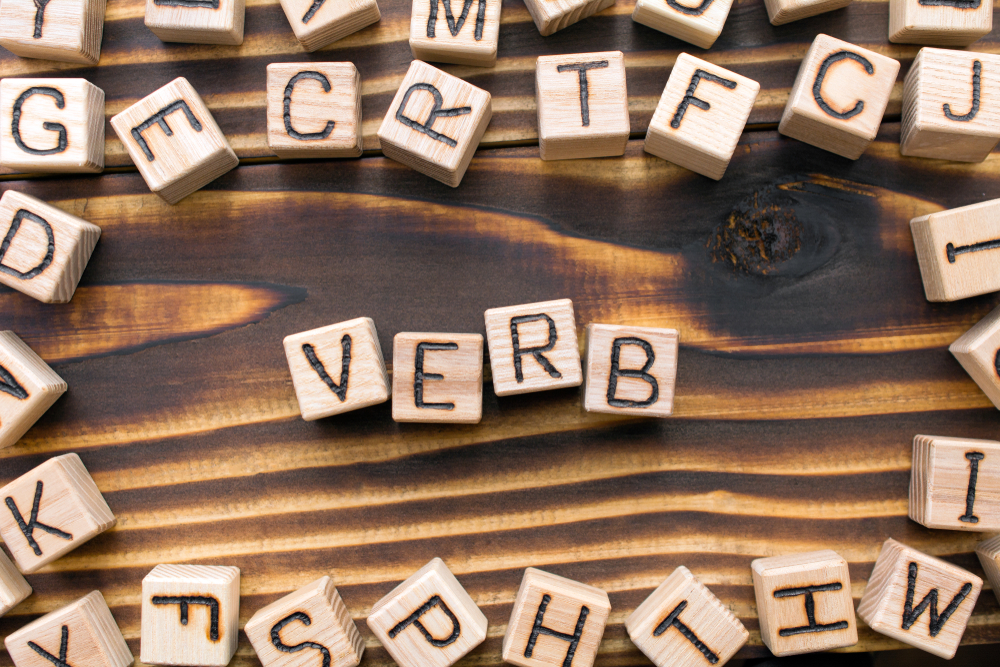Comparing sizes Worksheets for Ages 7-8
6 filtered results
-
From - To
Unlock your child's math potential with our "Comparing Sizes Worksheets for Ages 7-8" at Kids Academy! Specifically designed for young learners, these engaging and interactive worksheets help kids grasp the fundamental concept of size comparison through fun exercises. Your child will learn to differentiate between various objects, enhancing their observational skills and logical thinking. Perfect for classroom use or homeschool enrichment, these worksheets offer a mix of images and problem-solving tasks that make learning both effective and enjoyable. Equip your 7-8-year-old with the tools they need to excel in their educational journey today!
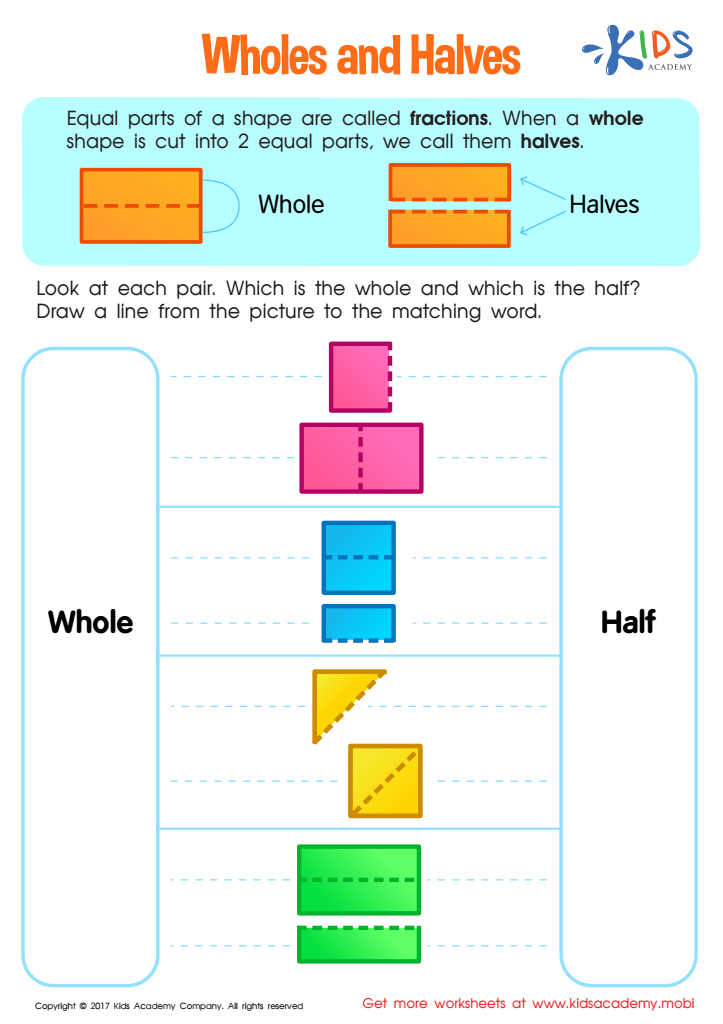

Wholes and Halves Worksheet


Measurement: Compare Volumes Worksheet
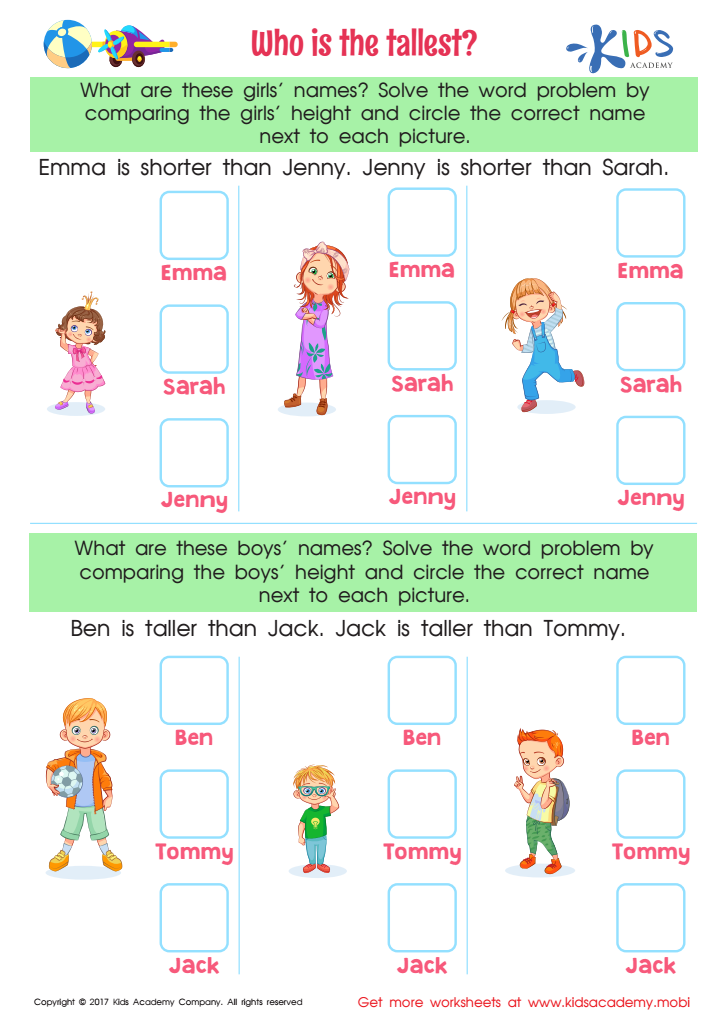

Who Tallest Printable
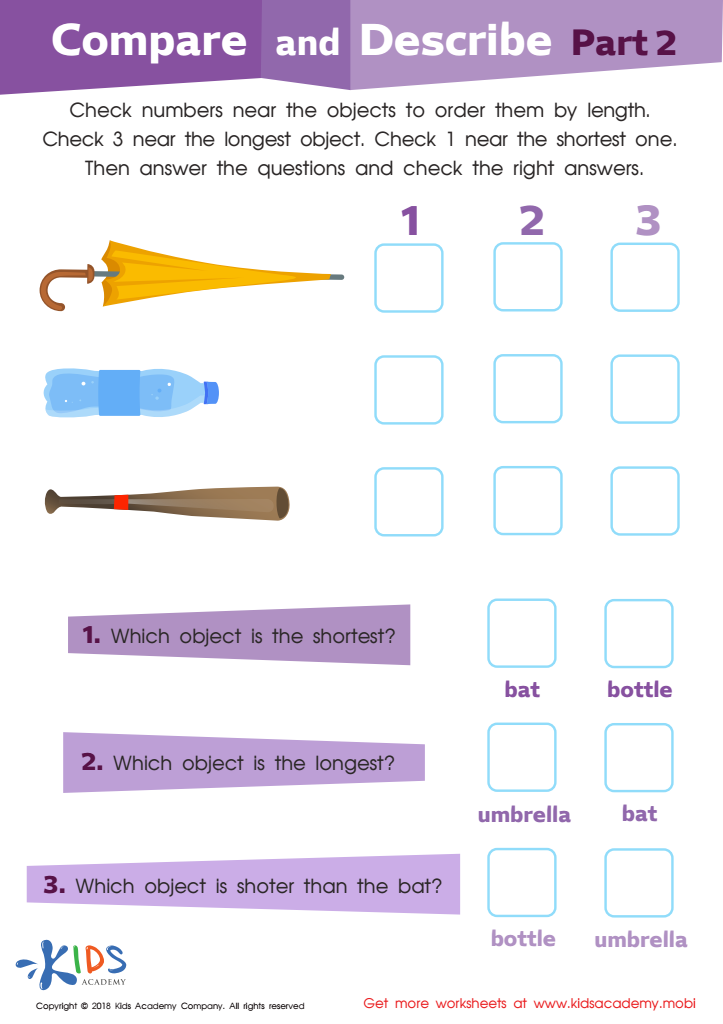

Compare and Describe: Part 2 Worksheet
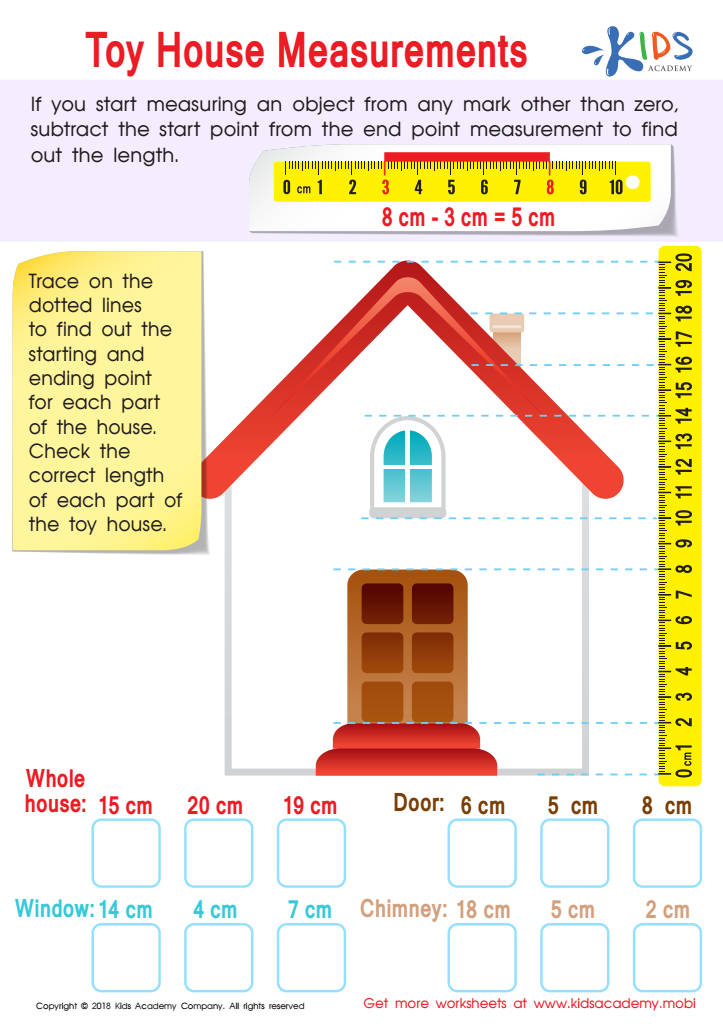

Toy House Measurements Worksheet
Understanding comparative sizes is crucial for children aged 7-8, as it lays a vital foundation for mathematical and cognitive development. At this age, children are developing their abilities to think abstractly and logically. Comparing sizes helps them grasp essential mathematical concepts such as measurement, estimation, and spatial awareness. These skills are not just academic; they are practical tools that children use in everyday life, from determining if a toy will fit in a box, to understanding distances on a map.
Parent and teacher involvement is key in guiding this learning process. Through interactive activities like sorting objects, discussing similarities and differences, and using terms such as "bigger," "smaller," "taller," or "shorter," adults help solidify these concepts in children’s minds. This hands-on engagement nurtures curiosity and encourages children to ask questions and seek answers.
Moreover, comparing sizes aids in the development of problem-solving skills and critical thinking. Children learn to make decisions based on observations and logic, fostering their independence and confidence. This early mathematical proficiency is linked to future success in more complex math topics and other academic areas. Parents and teachers who emphasize comparative sizes provide children with the tools to become more analytical and prepared for academic challenges, setting the stage for lifelong learning and success.
 Assign to My Students
Assign to My Students


